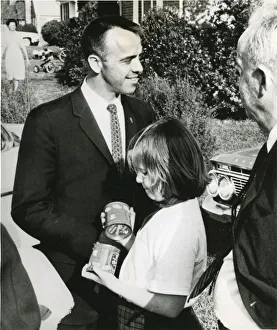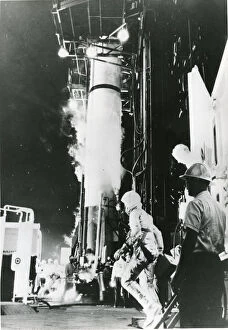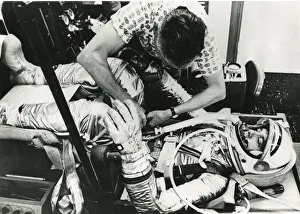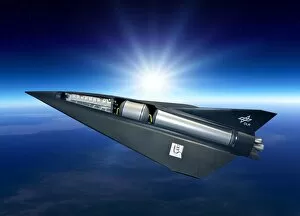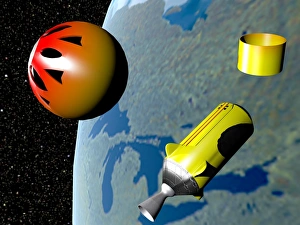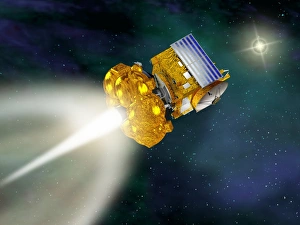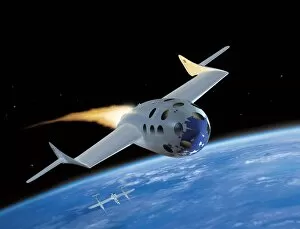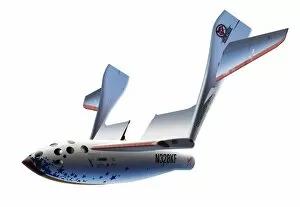Suborbital Collection
"Suborbital: Exploring the Boundaries of Space and Beyond" In the vast realm of space exploration
All Professionally Made to Order for Quick Shipping
"Suborbital: Exploring the Boundaries of Space and Beyond" In the vast realm of space exploration, suborbital missions have played a crucial role in pushing the boundaries of human knowledge. It all began with Commander Alan B. Shepard Jr. , who became the first American to venture into space. With unwavering determination, he walked towards the Redstone launcher at Cape Canaveral, ready to embark on an extraordinary journey. As Alan Shepard Jr. Lay on his back in a tilting chair during launch preparations, anticipation filled the air. The world held its breath as he soared through Earth's atmosphere, paving the way for future astronauts to follow in his footsteps. But humans were not alone in these daring exploits. Meet Ham - a 37-pound chimpanzee - America's first astronaut. This brave primate proved that living creatures could withstand and adapt to the extreme conditions beyond our planet. The concept travel has evolved over time, giving rise to innovative designs like the SpaceLiner transport depicted in artwork C016 / 6384 and C016 / 6385. These futuristic vessels promise swift journeys between continents, revolutionizing long-distance travel as we know it. Looking back at history, we find ourselves marveling at artifacts such as V-2 rocket missiles displayed at Peenemunde Museum (C014 / 4721). These relics serve as reminders of humanity's relentless pursuit of scientific progress amidst challenging times. Fast forward to more recent events; Whittman Field hosted Experimental Aircraft Association's Air Venture in Wisconsin during 2009—an awe-inspiring gathering where aviation enthusiasts celebrated human ingenuity and technological advancements. SpaceShipOne made headlines with its remarkable re-entry capabilities—a testament to mankind's ability to conquer new frontiers while ensuring safe returns from outer space.

